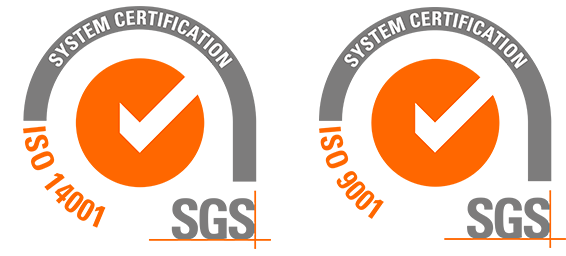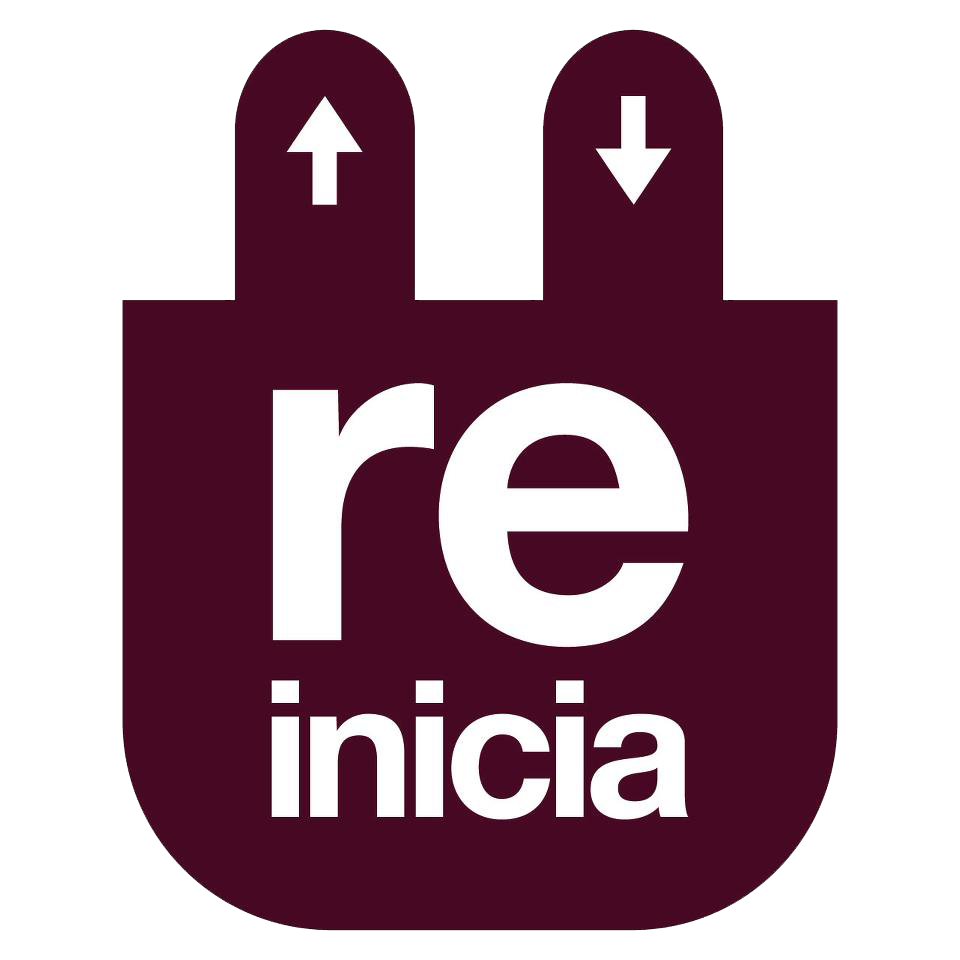Term: STRUCTURED CABLING
Structured cabling, also called communications cabling, dat/voice is the standarized infrastructured (by TIA/EIA and IEEE) for telephone and local area network (LAN). These standards are TIA/EIA 568 and IEEE 802.3. Nowadays structured cabling is also part of AV world.
This cabling is made up of 4 twisted pairs (shielded or unshielded) with an impedance of 100 Ω. Conductor diameter depends on the category but ranging from 24-23 AWG (at higher category bigger diameter).
Each pair can be differentiated by colour:
Pair 1: White/Blue – Blue
Pair 2: White/Orange – Orange
Pair 3: White/Green – Green
Pair 4: White/Brown – Brown
It can be changed by each manufacturer.
Estructured cabling is classified to different categories:
CAT 3: 10 BASET//Bit rate: 10 Mbps//Bandwidth: 16 MHz
CAT. 5: 100 BASET//Bit rate:100 Mbps //Bandwidth: 100 MHz
CAT 5E: 1000 BASET//Bit rate: 1000 Mbps o 1 Gbps//Bandwidth: 100 MHz. (Clase D)
CAT. 6: 1000 BASET//Bit rate: 1000 Mbps o 1Gbps//Bandwidth: 250 MHz. (Clase E)
CAT 6A: 10 GBASET//Bit rate: 10 Gbps//Bandwidth: 500 MHz o versiones de 625 MHz (Clase EA).
Physically the category can be distinguished by the diameter of the conductors and especially by the twisted step. At higher category more steps.
The naming convention specified by ISO/IEC 11801 is shown:
XX/ZTP
XX = Overall shielding:
F = foil shielded
S = braid shielded
SF = braid and foil shielded
Z = Individual shield each pair:
U = unshielded
F = foil shielded
TP = Twisted pair.
If we have a F/UTP cable, we have: a cable with foil overall shield and without shielding each pair.
If we have a FTP cable, we have: a cable with foil shield each pair.
If we have a SF/UTP cable, we have: a cable with double shield (braid and foil) and without sielding each pair.
NOTE: There are cables with besides having double shielding are composed of double cover for higher protection against external aggressions CABLE SF/UTP
The overall shielding reduces the external interferences like EMI (Electromagnetic interferences) or RFI (Radio-frequency interferences) and the individual shielding reduces interference bethween pairs in the same cable (Alien crosstalk).
Bibliography: Handbook for Sound Engineers. Fourth Edition. Glen Ballow. Focal Press.






